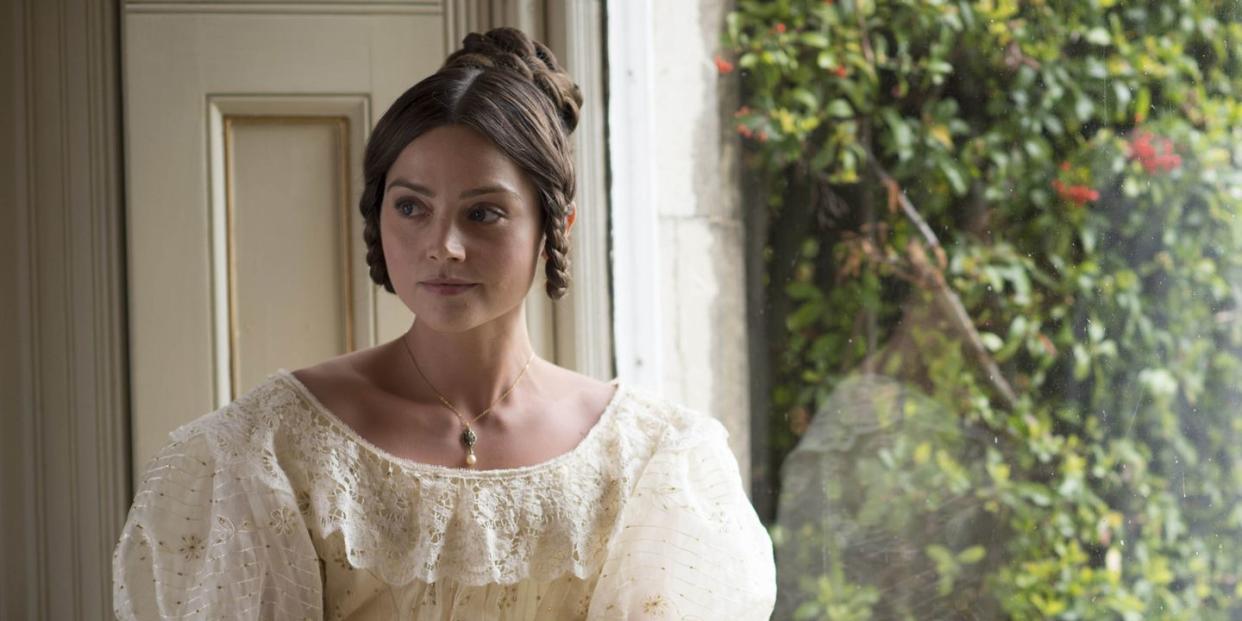11 Ridiculous Etiquette Rules from Victorian Times

There's no question that modern society expects everyone to have a general understanding of manners. But back in Victorian times, the gravity of propriety went much deeper than knowing the proper etiquette for shaking hands or which fork to use during the dessert course.
I wanted to find out just how serious social norms were during the 19th century, so I picked up The Habits of Good Society: A Handbook of Etiquette for Ladies and Gentlemen, a popular English manual that dates back to 1859. After reading it through, I couldn't believe how compulsively detailed the expectations were.
Manners dictated every faction of life to an almost laughable degree— from when it was acceptable to smoke to the protocol for sending out invitations. Oh, and by the way: it was illegal to celebrate a marriage after noon.
Here are some of the most absurd rules I found:
1. The length of conversation must depend on the place where you meet.
In the streets, conversations were required to be short—wouldn't want to hold up traffic!—but when taking a longer “promenade” through the garden, discussions were granted more time.
As a lady enters a drawing-room:
2. Her face should wear a smile; she should not rush in head-foremost; a graceful bearing, a light step, an elegant bend to common acquaintance (...) are all requisite to a lady.
As if women didn't already have enough to deal with during the 19th century. All the above is included in addition to "not shaking, of the hand extended to her," but rather, accepting it with "cordial pressure."
3. You invite your guests for one o'clock, they arrive at two.
Finally, a rule we can get behind. Arriving on time was considered rude. But don't think this rule could be applied to just any party. The handbook later mentions that country affairs are distinct from those in-town. In the latter scenario, to arrive an hour after the time on the invitation would be "an unwarrantable assumption of fashion."
4. After mid-day it is illegal to celebrate a marriage.
Fortunately, things loosened up near the end of the century, and weddings could be held as late as *gasp* 3 p.m.
5. When a bride is young, the bridesmaids should be young.
The handbook also mentions that it was acceptable for a young married lady to be a bridesmaid, but it would be “absurd” if the woman in question were single and aged. We wouldn’t want to throw off the aesthetic, I suppose.
6. The worst part of a country visit is the necessity of giving gratuities to the servants.
What an imposition! Paying the help is the most loathsome burden.
7. One must never smoke, again, in the streets; that is, in daylight. The deadly crime may be committed, like burglary, after dark, but not before.
Let that sink in: smoking in the street was considered a deadly crime.
8. Gloves must be white, not yellow.
Because lemon-colored gloves would have been the obvious choice otherwise.
9. The dances [at a ball] should be arranged beforehand, and, for large balls, you should have printed a number of double cards, containing on the one side a list of the dances; on the other, blank spaces to be filled up by the names of partners. A small pencil should be attached to each card.
Apparently parties were a little more regulated back then. The handbook follows with the assortment of dances that one should expect at a ball (such as a quadrille, a waltz, a polka) as well as the number of times they are to be played.
It also educates readers that during dinner...
10. A lady should never have more than one glass of champagne.
Oh dear.
If the handbook's obsessive rules are too overwhelming for you, feel free to fall back on this overarching mandate:
11. Anything that detracts from the pleasure of society is in bad taste.
At least one rule has aged quite nicely.
You Might Also Like

